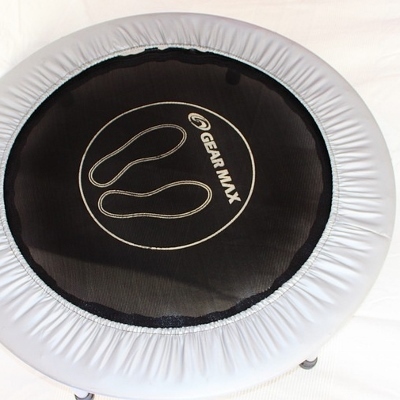 Tai chi was originally developed in ancient China as an art of self defense. It was not long after the development of tai chi that the many health benefits of repeatedly performing the slow, gentle movements in conjunction with deep and focused breathing became clear. Today, tai chi is practiced in various forms by people all over the world for the purpose of improving their overall well being.
Tai chi was originally developed in ancient China as an art of self defense. It was not long after the development of tai chi that the many health benefits of repeatedly performing the slow, gentle movements in conjunction with deep and focused breathing became clear. Today, tai chi is practiced in various forms by people all over the world for the purpose of improving their overall well being.
Among the myriad of physical benefits of practicing tai chi are increased muscle strength in both upper and lower body, improved flexibility in limbs and joints, enhanced balance, and gradual aerobic conditioning. If you choose to adopt tai chi as an exercise regimen, it is recommended that you couple it with some other activity which increases heart rate, such as walking, jogging, or biking, because the aerobic benefits of tai chi are slight, due to its unhurried pace. Additionally, studies conducted observing people with medical conditions – as wide ranging as arthritis and osteoporosis, hypertension and heart disease, stroke and sleep disorders – have shown that those who combined tai chi along with standard treatment showed significant improvement over those using medication alone.
One of the most common reasons for people choosing to take up tai chi is relaxation. The slow, graceful postures have at times been referred to as moving meditation. Tai chi can be a great stress reducer because of its flowing, rhythmic motion and deep breathing. Because of the many varieties of movements throughout its several forms, anyone can do some level of tai chi, regardless of physical limitations or age. This is one of the reasons tai chi programs have been implemented by many nursing homes and retirement communities across the United States as a regular activity to benefit residents, improving not only their health, but their quality of life.





